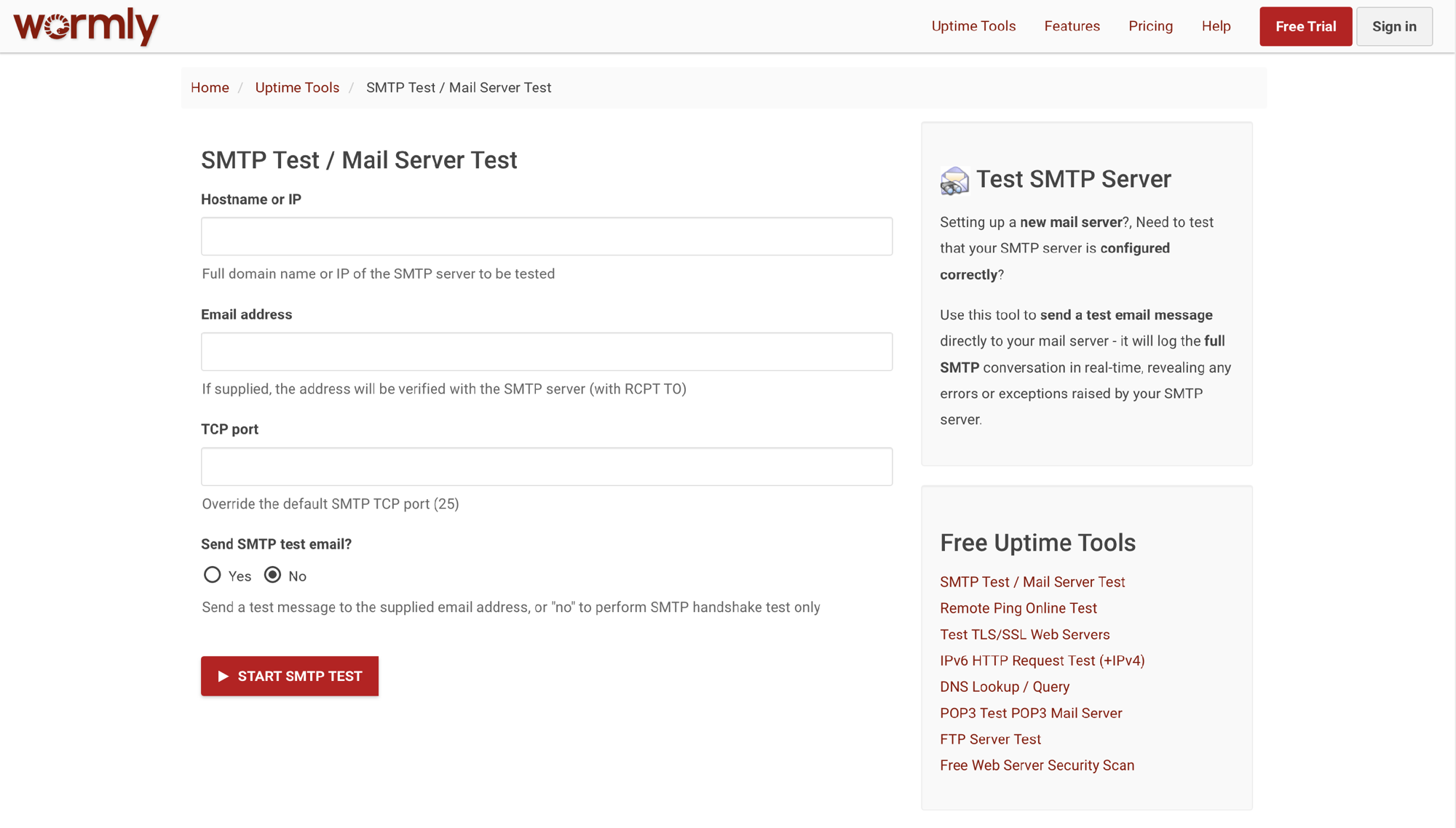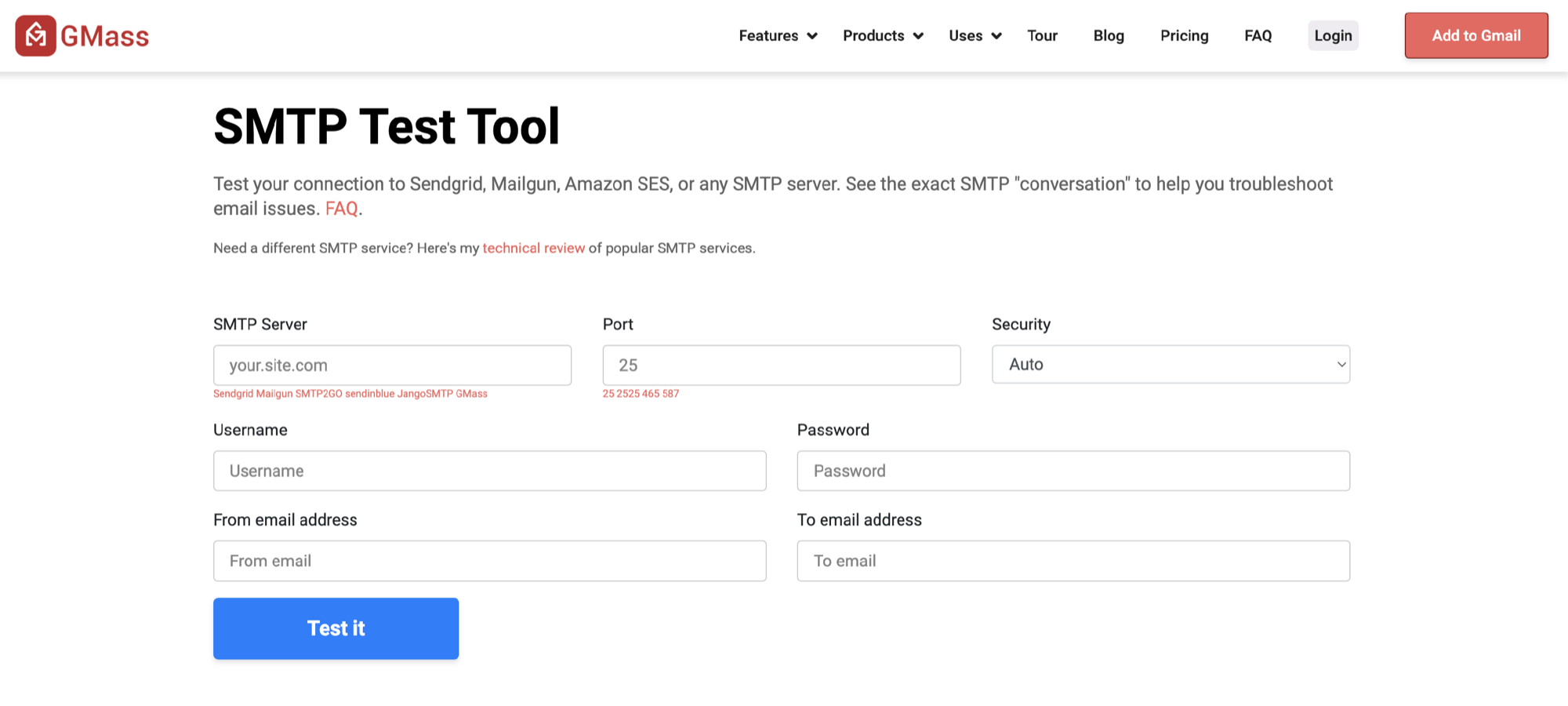Set up custom SMTP sending
Want to use your own email server with Tallyfy? You’re in the right place. This guide walks you through setting up custom SMTP - from initial configuration to testing everything works properly.
Before configuring custom SMTP in Tallyfy, ensure you have:
- Administrator access to your Tallyfy organization
- SMTP server details from your IT department or email service provider
- Authentication credentials for your SMTP server
- Verified that your email server allows third-party application connections
- Confirmed your organization’s email security policies permit this integration
Here’s why organizations love using their own SMTP server with Tallyfy:
- Improved deliverability - Emails from your domain get through. No more spam folder surprises.
- Tracking - Access server logs for all outbound emails sent through Tallyfy
- Consistent branding - Keep your company’s email reputation and formatting intact
- Security compliance - Sensitive email traffic stays within your existing security framework
- Existing configurations - Your SPF, DKIM, and DMARC records? They work perfectly here.
- White-labeled communications - Every workflow email appears from your domain (not ours)
Gather these details before proceeding with configuration:
| Parameter | Description | Example |
|---|---|---|
| SMTP Server Host | Your mail server address | smtp.company.com |
| SMTP Port | Port for mail submission | 587 (TLS) or 465 (SSL) |
| Username | Account for authentication | tallyfy@company.com |
| Password | Authentication credential | Your secure password |
| From Email | Sender’s email address | workflows@company.com |
| From Name | Display name for sender | Company Workflows |
| Encryption Method | Security protocol | TLS or SSL |
Ready to connect your SMTP server? Let’s do it:
-
Sign in to Tallyfy with administrator credentials.
-
Navigate to Settings > Organization Settings.
-
Select the Email Configuration tab.
-
Click the Custom SMTP option.
-
Input your mail server address into the SMTP Server Host field.
-
Enter the appropriate port number into the SMTP Port field.
-
Provide the authentication username in the Username field.
-
Enter the account password in the Password field.
-
Specify the sender email address in the From Email field.
-
Set the display name for outgoing emails in the From Name field.
-
Select the appropriate Encryption Method from the dropdown (TLS or SSL).

-
Click the Test Connection button to verify settings.
-
After successful testing, click Save Changes to implement.
Smart move - test your settings before going live. These external tools help verify everything’s configured correctly:
Microsoft’s official tool gives you the most thorough SMTP check:
- Visit the Outbound SMTP Email test ↗
- Enter your SMTP server details and credentials
- Run the test to verify connectivity and authentication
- Review detailed results for any connectivity issues

Need something quick? Wormly’s tool takes 30 seconds:
- Navigate to Wormly’s SMTP server test ↗
- Enter your server hostname and port
- Complete the test to verify basic connectivity
- Check for open ports and server responsiveness

MXToolbox goes deeper - it checks your entire email infrastructure:
- Visit MXToolbox SuperTool ↗ or MXToolbox Diagnostics ↗
- Enter your domain or server information
- Run various tests to check SMTP configuration, DNS records, and blacklist status
- Review detailed reports on email infrastructure health

Worried about authentication? GMass specifically tests your credentials:
- Access the GMass SMTP test tool ↗
- Enter your complete SMTP configuration including credentials
- Test the connection to verify authentication works correctly
- Confirm that message sending completes successfully

Configuration looks good? Time for the real test:
- Navigate to a process template in Tallyfy
- Launch a test process with yourself as an assignee
- Check that you receive the task notification email
- Verify the email appears from your configured address
- Examine email headers to confirm it was sent via your SMTP server
| Issue | Possible Causes | Solutions |
|---|---|---|
| Connection timeout | Firewall blocking traffic | Open outbound ports for SMTP traffic |
| Authentication failure | Incorrect credentials | Verify username and password format |
| SSL/TLS errors | Wrong encryption setting | Try alternative encryption method |
| Rate limiting | Too many connections | Increase server limits or optimize email volume |
| DNS resolution failure | Incorrect server hostname | Verify the SMTP host address |
| Rejected messages | Malformed headers | Check “From” address matches authorized sender |
Still having issues? Work through these checks:
- Your firewall must allow outbound connections from Tallyfy to your SMTP server
- The SMTP port (587 or 465) needs to be open for outbound traffic
- Test basic connectivity using telnet or similar tools
- Make sure the SMTP account has permission to send email
- Check if your mail server accepts the authentication method you’re using
- Multi-factor authentication can interfere - you might need an app password
- Your SMTP server’s rate limits need to handle Tallyfy’s email volume
- High-volume senders should consider implementing sending queues
- Your SPF record must include your SMTP server’s IP address. Period.
- DKIM and DMARC configurations need to be correct (if you use them)
- The “From” address domain has to match the authenticated domain
Support > Not receiving emails?
Org Settings > Organization branding
Was this helpful?
- 2025 Tallyfy, Inc.
- Privacy Policy
- Terms of Use
- Report Issue
- Trademarks